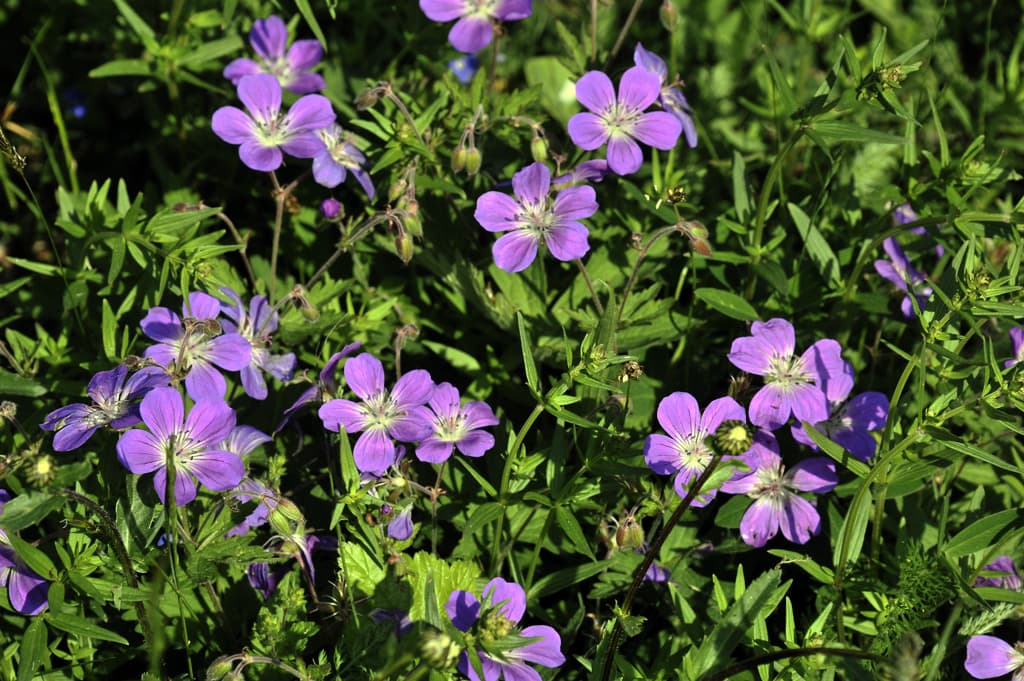Summer arrived extra early this year – which made the time between hawthorn and lilac unusually short, according to reports on flowering patterns around Sweden.
The flowering is happening earlier and over a shorter period, says Ola Langvall from SLU.
The Swedish spring was chilly around Sweden, with snow in large parts of Norrland on Walpurgis Night. Then it suddenly changed.
The fact that summer arrived extra early is evident in the reports from the public, which on 5-6 June documented the situation for some common flowers at nearly 1,200 locations in the country. Lilac, rowan, lily of the valley, and hawthorn had already flowered further north than in the two previous years that the campaign Försommarkollen, which the Swedish University of Agricultural Sciences and the Swedish Botanical Association are behind, has conducted.
We've had a very long period of warmth in most of the country, which has driven flowering and leafing, says Ola Langvall from SLU, coordinator for the Swedish phenology network.
What was most remarkable was how quickly it went from a rather late spring to a very early summer.
"The great threat"
The long-term trend is that climate change leads to changed flowering patterns. Data shows that all species included in Försommarkollen – small bellflower, lily of the valley, cow parsley, hawthorn, rowan, and lilac – now flower further north around National Day than they did 150 years ago.
But the great threat is that invasive species, thanks to climate change, can establish themselves and outcompete native species. Like ragweed, which needs a long season to flower and propagate, says Langvall.
It's also feared by allergy sufferers, as it prolongs the pollen season.
For most species, it doesn't matter much if they flower in May or late June, according to Langvall. However, a shorter flowering period can cause problems for others.
Bees and bumblebees are an example of species that can be disadvantaged when they can't gather nectar over a longer period.
New traditions
Humans are also affected, but then it's about traditions that are being shaken up when nature's cycle changes. Maybe it'll be seven new types of flowers that end up in the bouquet or under the pillow in the future.
Many of the species we associate with Midsummer are already past flowering when we get there. Cow parsley and bellflower will still be possible to have in your bouquet, but Midsummer flowers have almost finished flowering now, says Langvall.
Many people also have strong memories of lilac on the last day of school, but it may become difficult in large parts of the country. However, the fact that the last day of school is being postponed in many places may play a role.
Climate change leads to phenological changes – changes in the annual seasonal variations in nature, which affect the life cycles of species.
Already today, many bird and butterfly species have shifted northwards, and many migratory birds arrive earlier in the spring.
This type of change affects interactions between species, access to food, susceptibility to predators, or the occurrence of diseases. There's a risk, for example, that insects start flying before the plants they pollinate have begun to flower.
Source: The Swedish Environmental Protection Agency





